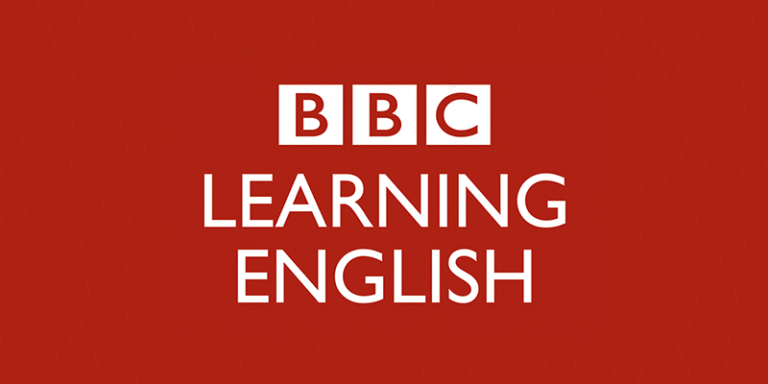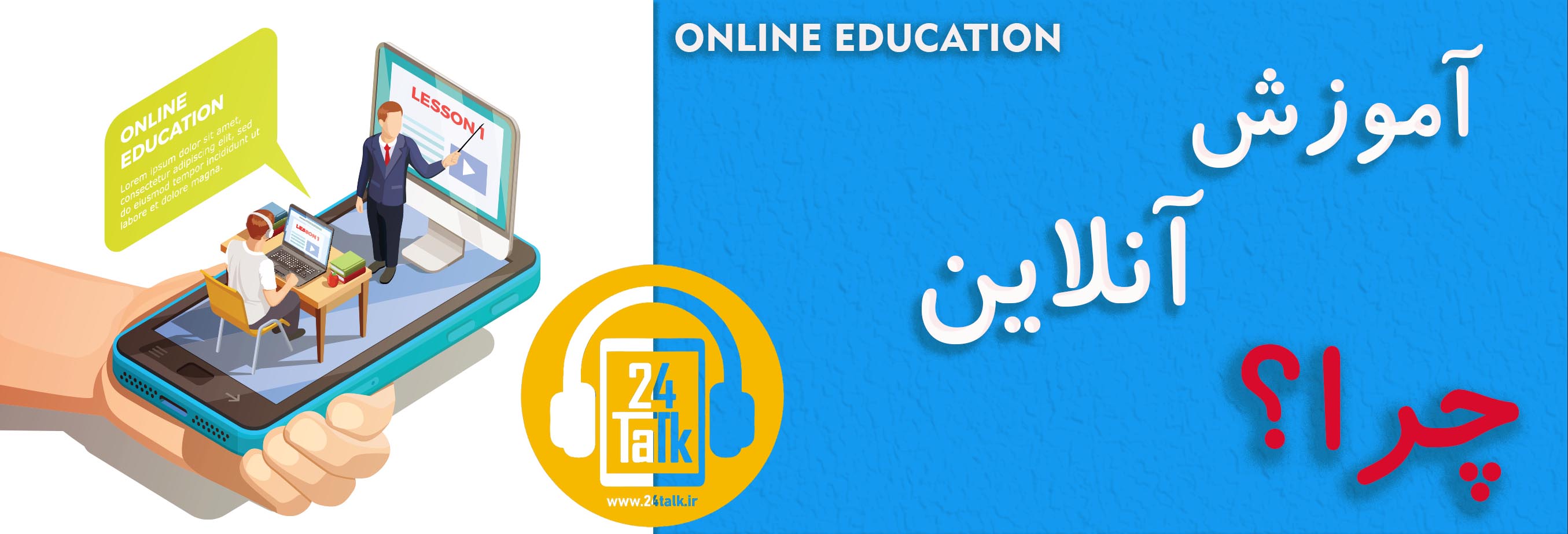پادکست BBC شماره 243- The Outernet
پادکست BBC شماره 243
سلام با دویست و چهل و سومین سری از پادکستهای BBC 6 Minute English در خدمت شما هستیم.
در این قسمت درباره اینترنت و کسب اطلاعات صحبت میشه. امروزه به دست آوردن اطلاعات از طریق اینترنت یک اولویت مهم برای بعضی از شرکتهای بزرگ فناوری شده. Neil و Catherine در این پادکست درباره سیستم جدیدی صحبت می کنن که یک کتابخانه ای از اطلاعات برای کشورهای فقیر و دور فراهم میکنن که بتونن از طریق ماهواره و اینترنت به این کتابخانه دسترسی پیدا کنن.
در زیر کلمات کلیدی که باید با آنها آشنا شوید برایتان توضیح داده شدهاند:
e-reader: an electronic device which you can store and read books from the internet
e-reader: یک وسیله الکترونیکی که میشه باهاش کتاب از اینترنت ذخیره کنید و بخونید
remote: a long way from towns and cities
remote: دور
entrepreneur: a person who makes money by starting their own business that typically involves some financial risk
entrepreneur: کارآفرین / موسس شرکت
broadcast: send out electronic signals or programmes
broadcast: پخش کردن
picks up: receives
picks up: دریافت کردن
drawback: disadvantage
drawback: اشکال یا عیب
bi-directional: two-way / going in both directions
bi-directional: دو سویه
one-way: going in one direction
one-way: یک سویه
time horizons: the length of time it takes to complete something
time horizons: مدت زمانی که طول میکشه تا یه چیزی کامل بشه
copyright-free: the right to use other people’s material or work without paying any fees
copyright-free: حق چاپ و کپی رایگان
balloon network: group of interconnected balloons
balloon network: دسته ای از بادکنکهای مرتبط با هم
boost: increase
boost: افزایش دادن
masts: tall metal towers that send and receive signals
masts: دکلی که سیگنال میگیره و میفرسته
Transcript of the podcast

پادکست BBC 6 minute English – The Outernet
Neil
Hello and welcome to 6 Minute English. I’m Neil…
Catherine
…and I’m Catherine. Hello.
Neil
Hello, Catherine! Now, how was your holiday?
Catherine
My holiday was lovely, Neil. I was staying on a beautiful island. It was very remote and there was actually no internet access. So, I did feel quite cut off actually.
Neil
And cut off means isolated. How did you survive, Catherine?
Catherine
Well, it wasn’t easy. But I had my e-reader – that’s an electronic device which lets you store and read lots of books from the internet. And I read a lot of Harry Potter…
Neil
Harry Potter? I know you like wizards, Catherine, but shouldn’t you have downloaded some classic literature? How about Shakespeare’s The Tempest? That’s got a wizard in it too.
Catherine
Well, yes indeed. But Shakespeare on the beach isn’t quite right for me, Neil.
Neil
Right. Well, today we’re talking about how the poorer and more remote – or distant – parts of the world can get access to learning.
Catherine
That’s right. But before we start, Neil, I believe you have a quiz question for us.
Neil
Yes, I do. I would like to know what the proportion of the world’s population that still has no internet access is. Is it…
a) a quarter?
b) half?
or c) two thirds?
Catherine
I’m going to go for c) two thirds.
Neil
Well, we’ll find out if you’re right or wrong later on in the programme. So Catherine, how can these people get connected to the internet and start surfing?
Catherine
By using the Outernet.
Neil
The Outer what?
Catherine
The Outernet. That’s the idea of entrepreneur Syed Karim and its goal is to give people in unconnected communities access to information without having to use expensive mobile phones or two-way satellite networks.
Neil
I see. And an entrepreneur, by the way, is a person who makes money by starting their own business that typically involves some financial risk.
Catherine
Yes, I’ve always fancied myself as a bit of an entrepreneur.
Neil
Well, you’ll need money and ideas, Catherine. Have you got either of those?
Catherine
I’ve got ideas.
Neil
Right. OK. I get it.
Catherine
So, can you tell us how the Outernet works, Neil?
Neil
Yes, I can. The Outernet uses existing communications satellites to store and broadcast data – broadcast means to send out signals or programmes. Special equipment on the ground picks up – or receives – the data, and this can be copied to phones and computers.
Catherine
But the Outernet broadcasts data offline – which means it’s not connected to the Internet. There’s no communication with the internet for user – so, no emails, no chat forums. And that can be a big drawback – or disadvantage.
Neil
Yes. The Outernet doesn’t provide two-way communication. But let’s hear Syed Karim discussing why one-way access has some advantages. And see if you can spot another word meaning ‘two-way’.
INSERT
Syed Karim, business entrepreneur
Anything that is related to bi-directional communications, the internet, to be able to provide that to the entire world, those are billion dollar projects, multi-billion dollar projects with huge time horizons and enormous complexity. And, you know, our solution that we are offering is instantaneous, I mean, it exists right now.
Neil
Did you get it? Another way of saying two-way is bi-directional. So what are the advantages of one-way communication, Catherine?
Catherine
It’s significantly cheaper. Bi-directional communications are multi-billion dollar projects. But the Outernet allows poorer communities to benefit from access to information.
Neil
Yes, it does. And the other big problem is the time it would take to establish two-way access. Syed says these projects have huge time horizons – and this means the length of time it takes to complete a project – they’re huge, so very big.
Catherine
But the Outernet is already providing access to some of the world’s most valuable knowledge.
Neil
That’s right. The project aims to create a library of information taken from websites including Wikipedia and Project Gutenberg, which is a collection of copyright-free e-books. Copyright-free means the right to use material without paying any fees.
Catherine
That sounds good. But let’s go back to the internet and hear from a BBC reporter talking about another project which aims to get people connected.
INSERT
BBC reporter
Google for example is working on Project Loon, a network of high-altitude helium balloons, which will boost Internet connections across much wider areas beyond coverage from conventional masts.
Neil
It’s called Project Loon – meaning crazy – because Google thought it was such a crazy idea, and loon sounds like balloon!
Catherine
Yeah. The idea is that users will connect to the balloon network – or group of interconnected balloons – using an antenna attached to their building. The signal travels through the balloon network from balloon to balloon, and then to a station on the ground that’s connected to the Internet.
Neil
The balloons will boost – or increase – the number of people who will be able to access the Internet.
Catherine
Yes, it will. And that’s because there will be lots of them – compared to the number of masts – or tall metal towers that send and receive signals – that are currently used.
Neil
OK, let’s have the answer to the quiz question I asked: What proportion of the world’s population still has no internet access? Is it … a) a quarter? b) half? or c) two thirds?
Catherine
And I said c) two thirds.
Neil
And you were right! The answer is two thirds. Well done, Catherine.
Catherine
Thank you.
Neil
Now just time to listen to today’s words once again. Catherine.
Catherine
OK. We heard:
e-reader
remote
entrepreneur
broadcast
picks up
drawback
bi-directional
one-way
time horizons
copyright-free
balloon network
boost
masts
Neil
Well, that’s the end of today’s 6 Minute English. I hope you enjoyed connecting with us today! Please join us again soon.
Both
Bye.
برای شنیدن دیگر پادکست ها، به بخش پادکست در مرکز آموزش رایگان مراجعه نمایید.







